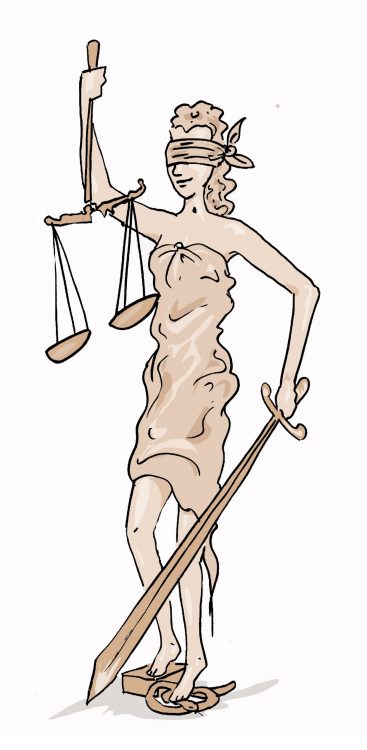Workers’ compensation insurance is a requirement for all employers, with one or more employees. It is meant to protect employer’s from negligence lawsuits when an employee is hurt in the course and scope of employment, but also meant to give the injured worker a remedy and to provide medical and compensation benefits when they are hurt at work. Workers’ compensation insurance, however, doesn’t cover every injury just because it happened at work. Below are the top reasons a Nevada workers’ compensation claim gets denied.
- Course and Scope.
To have a valid workers’ compensation claim, your injury must have happened within the course and scope of your employment and that your injuries arose out of your employment. Put simply, this means that you were working at a time you were scheduled to be there, and you were performing your typical job duties when the injury occurred.
An example of an injury that would satisfy the course and scope element would be: A roofer, who’s job duties include going on top of a house to install a new roof, falls off a roof, while working on a job he was told to do. An example of an injury that would not satisfy the course and scope element would be: This same roofer showing up on his day off because he forgot his phone on the roof and falling off because he was hungover from the night before.
2. Accident and Injury.
The accident and injury elements, which are required for a valid workers’ compensation claim, tend to be the reason for most of the claim denials I see. The statute defines accident as “unexpected or unforeseen event happening suddenly and violently, with or without human fault, and producing at the time objective symptoms of an injury.” Injury is defined as a “sudden and tangible happening of a traumatic nature, producing an immediate or prompt result which is established by medical evidence.”
In short this means there must have been some event that lead to some type of identifiable “injury” that can be causally connected by medical evidence. A doctor must state that the accident that occurred is the cause of injury you have now. The first place this medical evidence often shows up is on the C-4 form where the doctor has a question that reads, “From the information given by the employee, together with medical evidence, can you directly connect this injury or occupational disease as job incurred?” This question goes to both the injury element and the course and scope element. A “no” in this section can be a reason to deny a claim within itself.
An example of an injury that would satisfy the accident and injury element would be: The roofer falling off the roof and fractures his back. In that scenario, the accident is the event that took place, where he fell off the roof, and the injury is the pain he immediately felt in his back and the resulting fractures. An example of an injury that would not satisfy the accident and injury element would be: A roofer that develops cancer…unless, a doctor states that it is the roofer’s occupation that caused the cancer.
3. Notice.
Not timely reporting a claim is another big cause of a claim denial. In Nevada, you have seven (7) days to notify your employer of an injury that occurred at work and 90 days to inform the workers’ compensation insurer. The statute on reporting the injury to your employer says to tell them “as soon as practicable, but within 7 days.” This means ideally, you should let your employer know anytime you are injured at work, as soon as it happens, whether you think it is serious or not.
If you tell your employer the day you got hurt, but do not see the doctor for a month you can still timely file a claim! The 90 days to inform the insurer also starts the date of the injury, but it allows some time for you to see if the injuries will heal on their own (however, I do not recommend this). The notice to the insurer is done when you complete a C-4 form, request for compensation, at the doctor’s office. This form lets the workers’ compensation insurance company know that there are medical benefits that need to be paid as a result of a work-related injury.
Although there are many other reasons a claim may get denied, not meeting the basic requirements for a valid workers’ compensation claim account for most common denials. Workers’ compensation insurer’s like to argue that failed drug tests or pre-existing conditions you not to meet a basic requirement discussed above.
Give me a call or send an email for a free consultation if you have questions or concerns about your Nevada workers’ compensation claim and reasons for a claim denial.
















